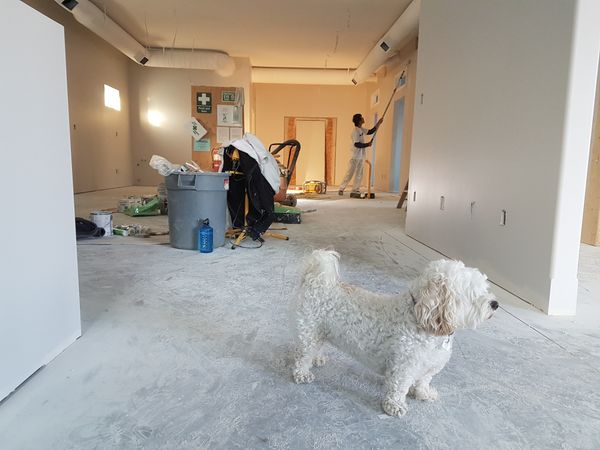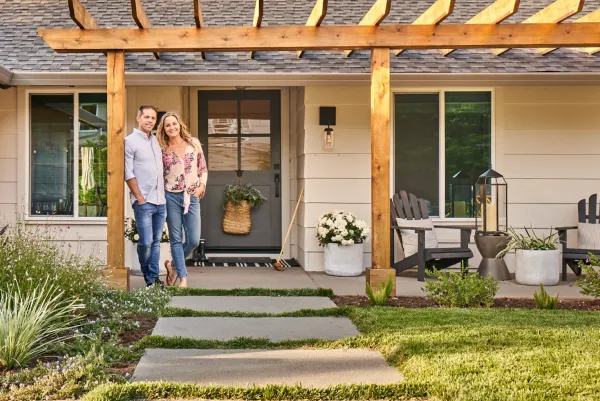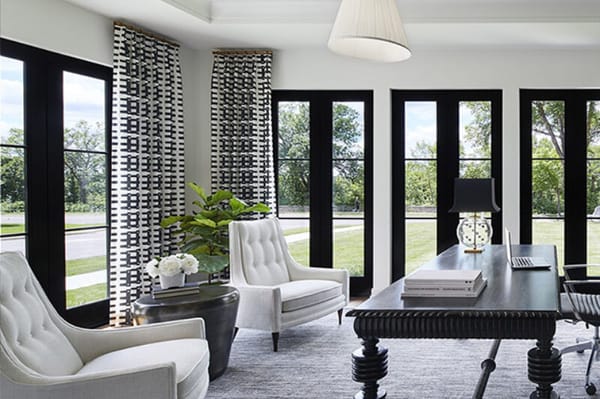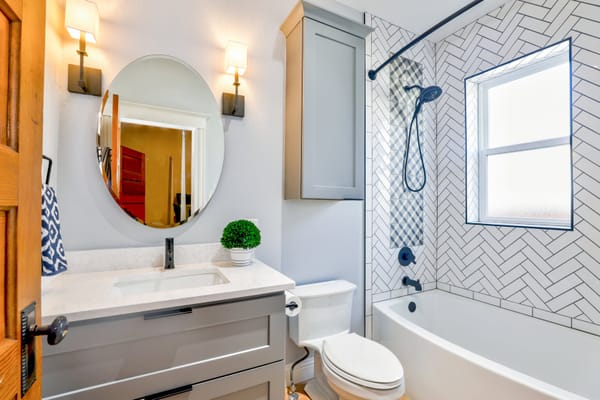Are you tired of coming home to a dull and uncomfortable living space? Your home should be your sanctuary, a place where you can relax and unwind after a long day. Luckily, there are several ways to make your home more comfortable without breaking the bank. From upgrading lighting options to introducing smart home technology, we've got you covered with these eight tips for creating a cozy and inviting atmosphere in your humble abode.
1. Create Cozy Seating Areas
The key to a comfortable seating area is finding furniture that fits both your style and comfort needs. One option for creating a cozy seating area is adding throw pillows and blankets to your existing furniture. This not only adds extra cushioning but also adds a pop of color or pattern, giving the space an inviting feel. Another option is investing in new furniture pieces such as sofa sets, loveseats, armchairs, or recliners. When selecting new pieces, consider factors like size, material, and design so that they match the overall aesthetic of your home. If you have a fireplace or large window with an outside view, position your seating arrangements around them to create focal points within the room. This will allow you and any guests to enjoy stunning views while remaining warm and comfortable.
2. Upgrade Lighting Options
To create a cozy atmosphere, consider adding dimmer switches or lamps with warm-toned bulbs. This will allow you to adjust the lighting based on your needs and preferences throughout the day. Natural light is also essential for creating a comfortable ambiance in any room. Consider using sheer curtains or blinds that allow natural light to filter through while maintaining privacy. You can also upgrade your lighting options by incorporating task lighting in areas where it's needed most such as kitchen counters, reading nooks, and workspaces. This will provide ample illumination for specific tasks without having to rely on overhead lights which can be harsh at times. Consider investing in energy-efficient LED bulbs that not only save energy but also last longer than traditional incandescent bulbs.
3. Optimize Heating and Cooling Systems
To achieve this is by investing in a smart thermostat that can regulate temperature settings according to your preferences and daily routines. Another option is to upgrade your HVAC system with energy-efficient models that are designed to consume less power and produce fewer emissions. This not only reduces your carbon footprint but also lowers utility bills in the long run. Regular maintenance of heating and cooling equipment, such as cleaning air filters, checking for leaks or damages, and replacing worn-out parts, can prevent potential problems from occurring down the line. It also helps prolong their lifespan so that you don't have to replace them too soon. Additionally, it's important to seal any gaps or cracks in windows, doors, walls, or ceilings where air could escape or enter from outside. This ensures that your home remains properly insulated all year round, reducing energy waste and keeping you cozy during cold winters and hot summers alike.
4. Enhance Insulation
Inadequate or poorly installed insulation can lead to uncomfortable drafts and high energy bills. For instance, by sealing any gaps or cracks in your walls, windows, and doors, you can make insulation a much more reliable option. This prevents cold air from seeping in during the winter months and hot air from infiltrating during summer. You could opt for professional services if you are unsure about where these leaks might be located. If you want, you can also add extra layers of protection using materials such as fiberglass batts or blown-in cellulose that act as barriers between different zones in your home. The attic and basement areas tend to require additional attention since they often have less natural ventilation which leads to heat through conduction. You may also consider insulating pipes with foam tubes as it reduces heat loss while providing safety against freezing temperatures during winters. Another option would be coating exterior walls with a layer of protective material such as stucco cement plaster that will provide an added barrier against external elements like wind, rain, or snow.
5. Improve Indoor Air Quality
Having poor air quality in rooms in which you spend most of your time is surely going to lead to some allergies or even health problems like respiratory issues. One of the easiest ways to improve indoor air quality is by regularly dusting and vacuuming your home. Dust and dirt can accumulate quickly, leading to poor air quality. By removing these particles from your home on a regular basis, you can keep the air clean and fresh. Another way to improve indoor air quality is by using natural cleaning products instead of harsh chemicals. Many cleaning products contain harmful chemicals that can linger in your home's air long after you use them. Instead, opt for natural cleaning methods and products, some of the most popular being vinegar or baking soda. Using an Air Purifier or HEPA filter in your HVAC system also helps remove pollutants from the house’s atmosphere while keeping dust under control at all times. Plants are another great way to improve indoor air quality. Certain plants such as English Ivy can purify the surrounding area helping it breathe better-oxygenated air which enhances cognitive function decreasing stress levels while reducing noise pollution naturally.
6. Incorporate Natural Elements
Adding houseplants, for instance, not only enhances the aesthetics but also purifies the air and improves indoor humidity levels. You may also consider using eco-friendly materials such as bamboo or cork for flooring and furniture pieces. These materials are sustainable, durable, and have natural insulation properties that help regulate room temperature. You could also consider installing a water feature like an indoor fountain or aquarium. The sound of running water has calming effects that can reduce stress levels and create a relaxing ambiance in your home.
There are so many amazing ways that you can incorporate nature into your home. As well as decor items, you can also build them into the foundations of your home. You can do this by installing more windows so you can see more nature while you are eating, cooking, and relaxing, and let in more natural light. You can also use natural and earthy colors around your home, and use a biophilic design to base your decor on. Real wood planks add a great finishing touch, enabling you to customize your home, along with other natural materials. Incorporating natural elements is a great way to make your home more comfortable, as it connects you to nature and helps to create an oasis away from the hustle and bustle of life.
7. Introduce Smart Home Technology
From controlling lights to adjusting thermostats, there are numerous ways in which smart home devices can make your life more comfortable. A significant benefit of smart home technology is its ability to learn from your behavior and preferences. By doing so, it can automatically adjust settings to create a comfortable environment for you. A popular example of this is the Nest Learning Thermostat, which learns your schedule and temperature preferences over time, creating a personalized heating and cooling plan that maximizes comfort while minimizing energy consumption. When it comes to smart home technology you also have convenience. With voice assistants like Amazon Alexa or Google Assistant, you can easily control various aspects of your home without even lifting a finger. Smart lighting solutions also offer an array of options such as dimming capabilities or color-changing bulbs to set different moods at any time during the day. Moreover, security systems equipped with cameras and motion sensors provide peace of mind by allowing homeowners remote access from their smartphones when they’re away from their houses.
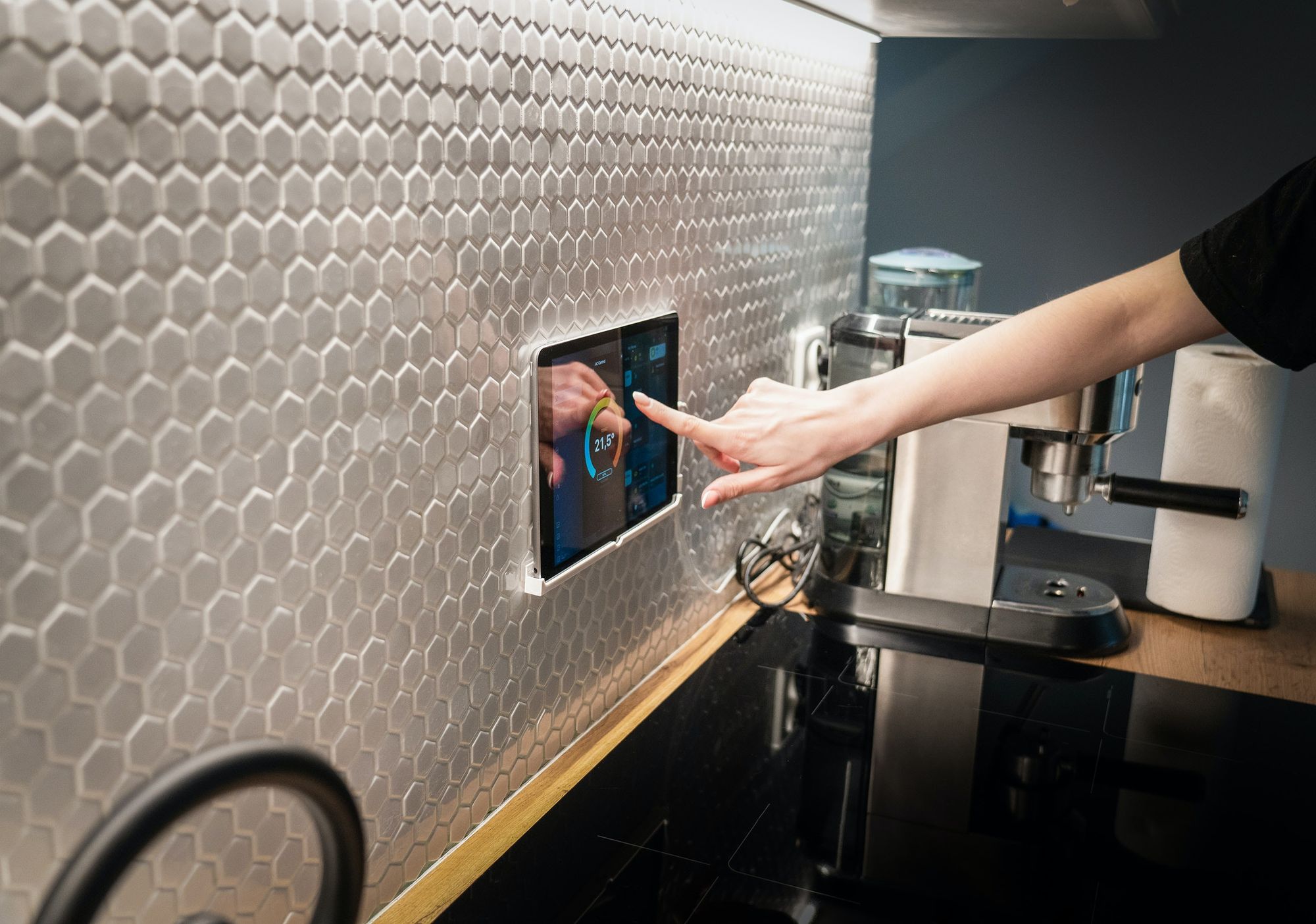
8. Personalize Decor and Add Touches of Comfort
Your home is your sanctuary, and it should be a reflection of your personality and style. For instance, displaying family photos or artwork that holds sentimental value is a great way to go about this. This not only adds personality but also creates a warm and inviting atmosphere. You can also incorporate colors, patterns, and textures that resonate with you. In addition to adding decorative elements, consider incorporating functional items that serve multiple purposes while still being stylish. For example, adding throw pillows or blankets in soft materials like wool or cashmere can add both comfort and style. You can also personalize your space by introducing scented candles or essential oils for aromatherapy purposes. The right scent can create a relaxing ambiance while enhancing the overall mood of the room.
Remember to create inviting seating areas, upgrade lighting options, optimize heating and cooling systems, enhance insulation, improve indoor air quality with plants or an air purifier system, and incorporate natural elements like wood or stone textures for added warmth and texture. Smart home technology can also help make life easier by allowing you to control the temperature from anywhere. Personalizing decor with unique touches like throw pillows or blankets adds character while keeping things comfy.


